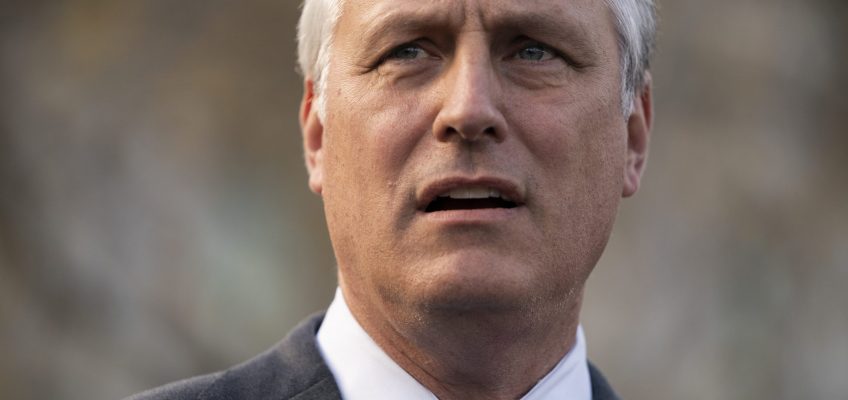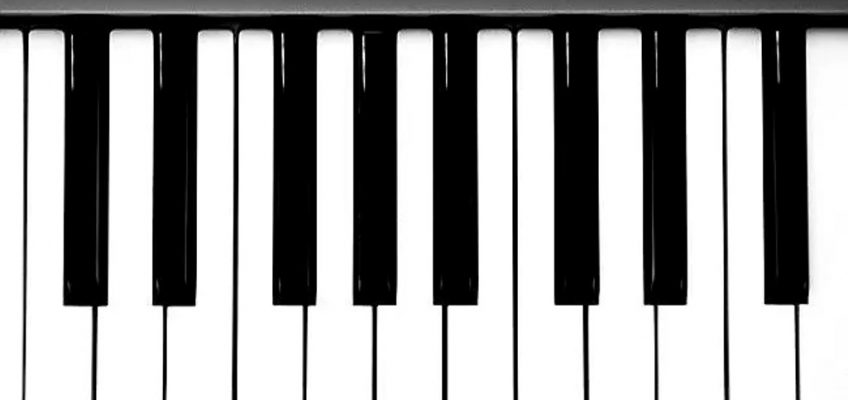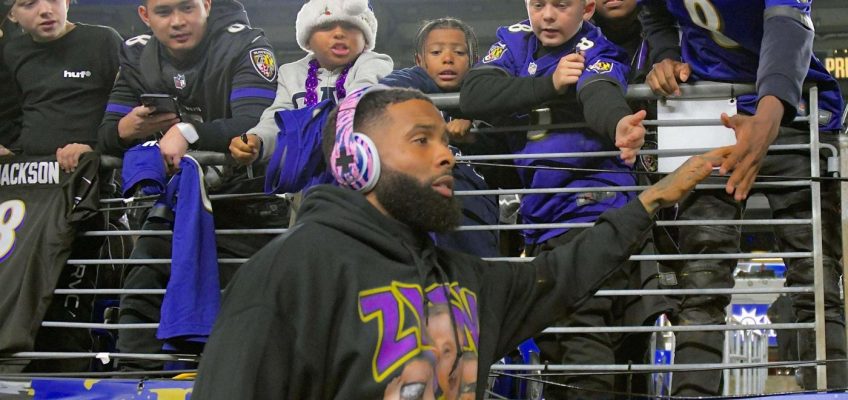HALIFAX, Nova Scotia — Robert O’Brien, former President Donald Trump’s last national security adviser, accused President Joe Biden of failing to prevent dozens of attacks in recent weeks by Iranian-backed proxies on U.S. troops in Iraq and Syria.
In an interview with POLITICO on the sidelines of the Halifax International Security Forum, O’Brien called on the Biden administration to do more to protect American troops. He criticized Biden’s retaliatory U.S. airstrikes on facilities used by the militants in Syria, calling them “a couple of minor pinprick attacks.”
“The attacks against American troops continue. Iran is not deterred, their proxies are not deterred, so that question answers itself,” he said Friday on the sidelines of the forum, a major annual national security conference attended by Western diplomats, officials, military leaders and democracy advocates. “We’re not doing enough to protect our troops … more needs to be done.”
The Biden administration has sent a massive amount of American firepower to the Middle East since Hamas’ Oct. 7 attacks on Israel, with the aim of preventing a wider conflict in the region. The Pentagon deployed two aircraft carrier strike groups, additional aircraft and air defenses, as well as hundreds of troops.
But the attacks on U.S. troops have continued: Since Oct. 17, Iranian proxies have targeted American forces with drones and rockets at least 60 times in Iraq and Syria, injuring at least 60 U.S. personnel. Many of those service members were diagnosed withtraumatic brain injury.
Pentagon spokesperson Sabrina Singh on Thursday defended the administration’s response, saying the attacks have mostly been “unsuccessful” and have not caused “significant” damage to infrastructure or “significant” injury to any service members. She also defended the retaliatory airstrikes, saying they have “significantly downgraded and degraded” the militia groups’ access to weapons.
“We’re not waiting on something to act. We have responded, and if there are more attacks, we will certainly respond at a time and place of our choosing.”
O’Brien also seemed to pin some blame on the Biden administration for the Oct. 7 attacks, which killed more than 1,000 Israelis, and for Russia’s invasion of Ukraine.
“The U.S. failed to deter Iran and Hamas in Israel. We failed to deter Russia in Ukraine,” O’Brien said. “Those are two major failures of the current administration.”
O’Brien has previously criticized Biden’s Iran policy, voicing concern in September that a recent deal to free five imprisoned Americans in exchange for unlocking $6 billion in frozen funds for Tehran will encourage other nations to continue detaining U.S. citizens.
O’Brien was serving as national security adviser when Trump ordered the assassination of Iranian Maj. Gen. Qassem Soleimani, the former leader of Iran’s elite Quds force, in January 2020.
O’Brien also said Biden’s White House could do more to support both Israel and Ukraine. On Israel, he said Biden must “remain resolute” in the face of criticism by the Democratic party’s progressive wing.
“We cannot let world public opinion, which has been turning against Israel because of terrible antisemitism abroad, undermine our efforts,” he said.
On Ukraine, he criticized Biden as being “too little, too late on delivering the weapons systems that Ukraine needed to win.”




